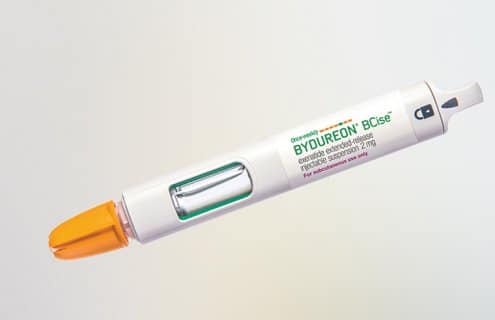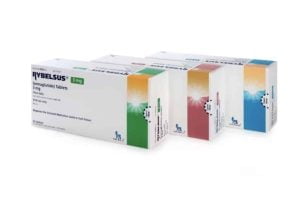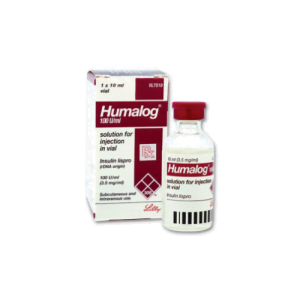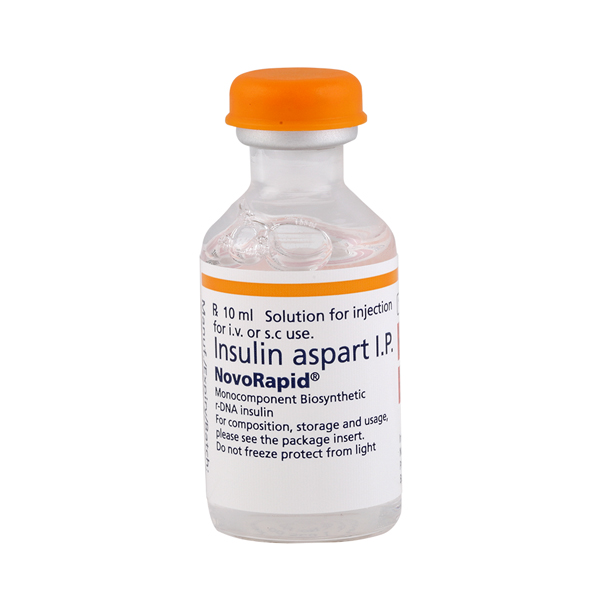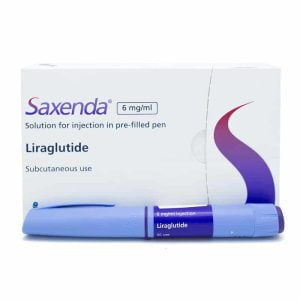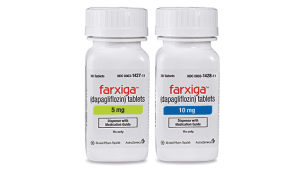What is Bydureon (Exenatide)?
Exenatide, sold under the brand name Bydureon, is a drug used to improve glycemic control in patients with type 2 diabetes mellitus. Manufactured by Amylin Pharmaceuticals, it has been approved by the Food and Drug Administration (FDA) since April, 2005. It is indicated for use in individuals whose diabetes is not well controlled by other oral medications such as metformin.
It is also administered to patients who have type 2 diabetes mellitus and are taking metformin, in the case when metformin alone provides insufficient glycemic control when combined with a good diet and plenty of exercise.
If a patient with type 2 diabetes is taking sulfonylurea, Bydureon is also effective in achieving robust glycemic control when the administration of the sulfonylurea alone, combined with a good diet and plenty of exercise, is insufficient.
Bydureon medication is part of the glucagon-like peptide-1 (GLP-1) drug class.
How does this medication work?
Bydureon is a therapeutic adjunct used to establish glycemic control in patients undergoing a treatment regimen of both metformin and sulfonylurea, when therapy with these combined drugs, in combination with a good diet and plenty of exercise, does not result in satisfactory glycemic control.
Exenatide should be avoided by patients who have a familial history of medullary thyroid carcinoma or who suffer from multiple endocrine neoplasia syndrome type 2 (MEN 2). It is unclear, based on animal studies, if Bydureon increases the risk of thyroid C-cell tumours relative to controls in humans. This drug is also contraindicated in patients with end-stage renal disease or with severe renal impairment. Patients on dialysis should not be prescribed Bydureon.
How to inject Exenatide
Bydureon insulin is an easy-to-use medication because it only needs to be taken once every seven days (weekly). The dose of Exenatide can be administered at any time of day and may be taken with or without food. The typical weekly dose of Bydureon is 2 mg, administered as an injection. Patients should establish whether they are allergic to Poly (D,L-lactide-co–glycolide) as this is a key non-medicinal ingredient. A Bydureon pen is available.
When Exenatide is taken in conjunction with sulfonylurea therapy or basal insulin therapy, a decrease in the dosages of the sulfonylurea or insulin may be required. The patient is advised to consult carefully with their physician during the Bydureon onloading period if this is the case.
When Bydureon is discontinued, plasma levels of the active ingredient decline slowly over a period of about 10 weeks. This means administration of any medications in the discontinuation window must be closely monitored for contraindications and/or adverse reactions.
Bydureon side effects
Bydureon’s safety was assessed in a series of placebo-controlled studies with more than 2,000 patients with type 2 diabetes. In these trials, the most commonly observed side effects in the test group receiving the medication were:
- Gastrointestinal (including diarrhea, vomiting and constipation)
- Injection site reactions
- Erythema
- Hypoglycemia (with and without sulfonylurea)
- Nasopharyngitis
- Headache
Serious adverse events were reported in 3.2% of Bydureon-treated patients.
Common side effects
- Nausea
- Diarrhea
- Vomiting
Severe side effects
- Lipase increase
- Diabetic retinopathy
- Intra-abdominal hematoma
Dosing
Bydureon is typically administered once weekly as a single 2 mg dose. It is delivered via a proprietary subcutaneous powder suspension.
Caution must be exercised when administering Exenatide to patients suffering from moderate renal impairment (defined as having a creatine clearance of 30 to 50 mL/min) and renal transplant patients.
If a dose of Bydureon is skipped, the patient should take it as soon as they remember, within three days of the intended dosage date. The patient can then take the next dose at the regularly scheduled interval. If the delay interval is longer than three days, the patient should skip the makeup dose and take their next regularly scheduled dose.


